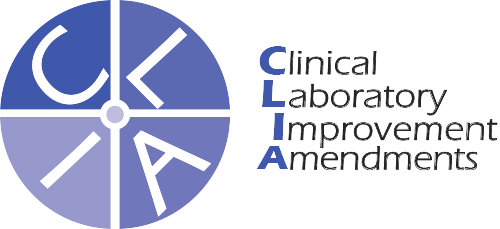Urinary Incontinence (Pediatric)
Urinary incontinence in children may have various causes. It’s important to address this issue with sensitivity and medical evaluation. Here are some key points to consider:
Types
- Primary Nocturnal Enuresis: This is bedwetting in children older than 8 years who have never achieved consistent nighttime dryness.
- Secondary Nocturnal Enuresis: This refers to bedwetting in children who had achieved nighttime dryness but then began wetting the bed again.
- Daytime Incontinence: This can involve occasional or regular involuntary urine leakage during the day.
Common Causes
- Functional or Behavioral Factors: In many cases, daytime or nighttime incontinence may be related to behavioral or functional factors, such as anxiety, stress, or habits like holding urine for extended periods.
- Medical Conditions: Some medical conditions can contribute to incontinence, including urinary tract infections (UTIs), constipation, diabetes, and structural abnormalities in the urinary tract.
- Hormonal Factors: Hormonal changes during adolescence can sometimes affect bladder control.
- Neurological Issues: Conditions like spina bifida or neurological disorders can impact bladder function.
- Psychological Factors: Emotional or psychological stressors, such as bullying or family problems, can contribute to incontinence.
- Medications: Some medications can affect bladder function as a side effect.
Evaluation
- A healthcare provider, such as a pediatrician or pediatric urologist, should be consulted to assess the child’s condition. They may perform a physical examination, ask about the child’s medical history, and conduct relevant tests, such as urinalysis or imaging studies, to determine the cause.
- In some cases, additional specialized tests like urodynamic studies may be needed.
Treatment
The treatment of urinary incontinence in children depends on the underlying cause:
- Behavioral Strategies: These may include bladder training, scheduled voiding, and fluid management to establish regular bathroom habits.
- Medications: In some cases, medications may be prescribed to manage incontinence. However, this is not the first line of treatment.
- Treating Underlying Conditions: If a medical or psychological issue is identified, addressing that issue is crucial.
Support and Education
- Provide emotional support to the child, as urinary incontinence can be distressing and affect self-esteem.
- Educate the child and parents about appropriate hygiene and management techniques.
Monitoring and Follow-Up
Regular follow-up appointments with a healthcare provider may be necessary to monitor progress and make any necessary adjustments to the treatment plan.
It’s important to address urinary incontinence in children with empathy and to seek medical evaluation to identify and treat the underlying cause. Many cases of incontinence can be successfully managed or resolved with the right interventions.
Accredited By




